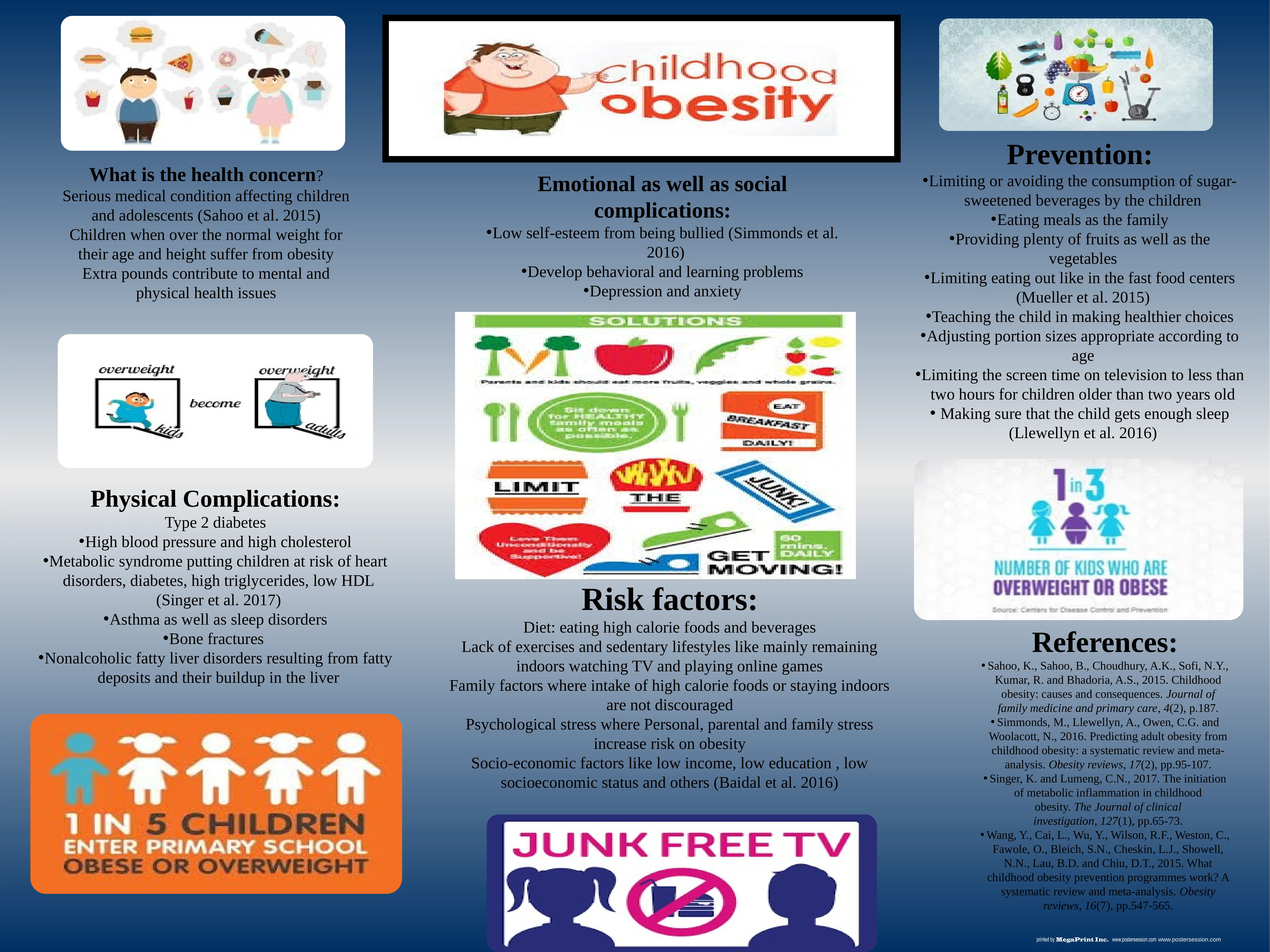Childhood Obesity: Risk Factors, Prevention, and Health Concerns
VerifiedAdded on 2023/01/16
|1
|512
|79
Report
AI Summary
This report provides a comprehensive overview of childhood obesity, a significant health concern affecting children and adolescents. It highlights the causes, including unhealthy diets, lack of exercise, and socioeconomic factors, as well as the associated physical and psychological complications such as type 2 diabetes, high blood pressure, and low self-esteem. The report also emphasizes the importance of prevention strategies, such as limiting sugary drinks, encouraging family meals, and promoting physical activity. It reviews the role of family and environmental factors, and offers insights into the latest research and interventions aimed at combating childhood obesity. The report also includes the various references from the research papers.







![[object Object]](/_next/static/media/star-bottom.7253800d.svg)